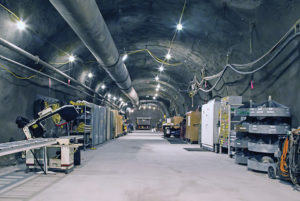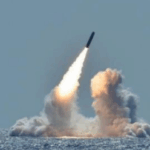
It would take only a matter of months for the Department of Energy to perform an underground nuclear-explosive test with minimal diagnostics, a Pentagon official said Tuesday. Previous heads of the agency's semiautonomous National Nuclear Security Administration (NNSA) have talked “about a very quick test with limited diagnostics, though certainly diagnostics, within months,” said Drew Walter, who is performing the duties of deputy assistant secretary of defense for nuclear matters. “A fuller test, fully diagnostic, and lots of data, all…

 By
By 











